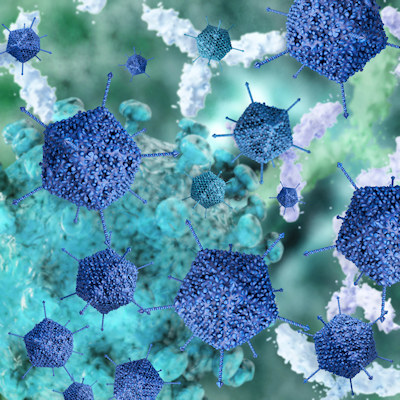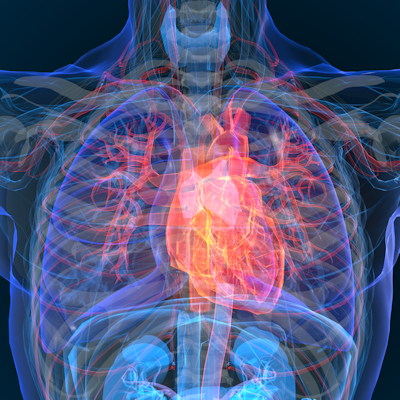December 8, 2022 -- University of Southern California (USC) researchers have developed a "heart attack on a chip" that replicates key aspects of myocardial infarction and might one day serve as a testbed for new personalized heart drugs.
Scientists don't understand how heart cells in the healthy and injured parts of the heart communicate with each other, nor how and why they change after a heart attack. This new microscale model could help solve that mystery (Science Advances, December 7, 2022).
The base of the heart attack on a chip is a 22 x 22-mm square microfluidic device slightly larger than a quarter made from a rubberlike polymer called polydimethylsiloxane (PDMS). It has two channels on opposing sides through which gases flow. Above the channels is a very thin layer of the same rubber material, which is permeable to oxygen. A micro layer of protein is patterned on the top of the chip so the heart cells align and form the same architecture found in living hearts, the researchers said. The last layer is rodent heart cells grown on top of the protein.
The chip mimics a heart attack by releasing gas with and without oxygen through each channel of the microfluidic device. This exposes the heart on a chip to an oxygen gradient similar to what happens in a heart attack. The microfluidic device is small, clear, and easy to see on a microscope so scientists can observe in real-time the functional changes no matter the heart condition. This isn't possible in animal models.
In addition, traditional cell culture models uniformly expose heart cells to high, medium, or low levels of oxygen. That means the conditions do not mimic what really happens to damaged heart cells in the "border zone" after a heart attack.
In the future, the microscale model could be more complex with the addition of immune cells or fibroblasts, the researchers said.
Copyright © 2022 scienceboard.net








